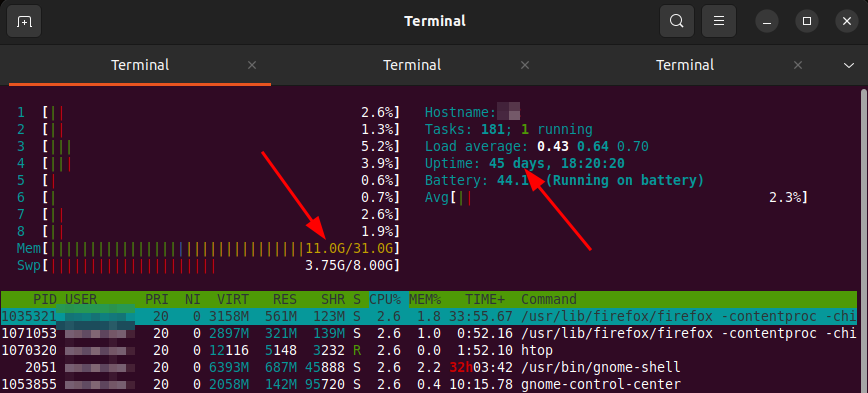
So here’s a fix that left me with some question marks:
A family member likes to test the limits, and pushes out rebooting the notebook running on Linux for as long as possible, sometimes well over 6 weeks. A side-effect of this is that applications that like to bloat, such as Firefox, Chromium, Thunderbird, Libreoffice, etc. etc., keep eating up more and more RAM. At some point, usually after a week or so, all of the 16 GB RAM + 8 GB swap space on the SSD becomes used.
Closing the apps occasionally would help, but that’s also not in the cards. EarlyOOM helps to keep the system stable, but at some point the system just keeps banging its head against the 16 GB of RAM. So what to do? At some point I was convinced to install 32 GB of RAM. I reluctantly agreed, but honestly, I thought it wouldn’t help much. From my point of view, doubling RAM would just extend the time to the inevitable, and EarlyOOM would be asked to help again. But it looks like I was wrong.
Continue reading The Interesting Case of Fixing Things with 32GB RAM






